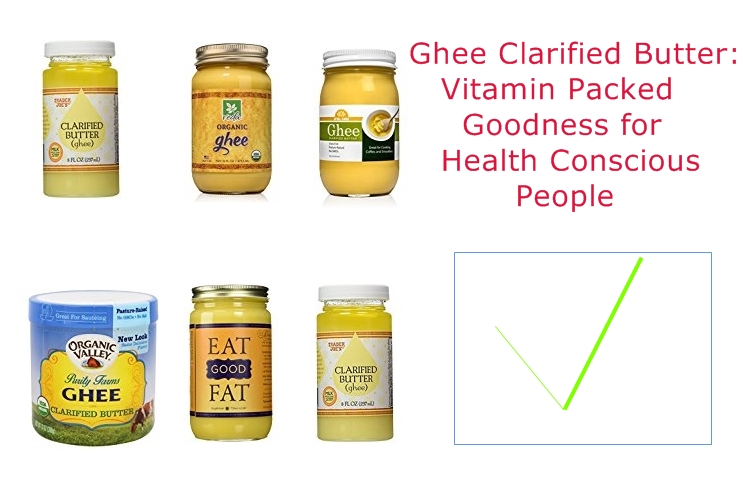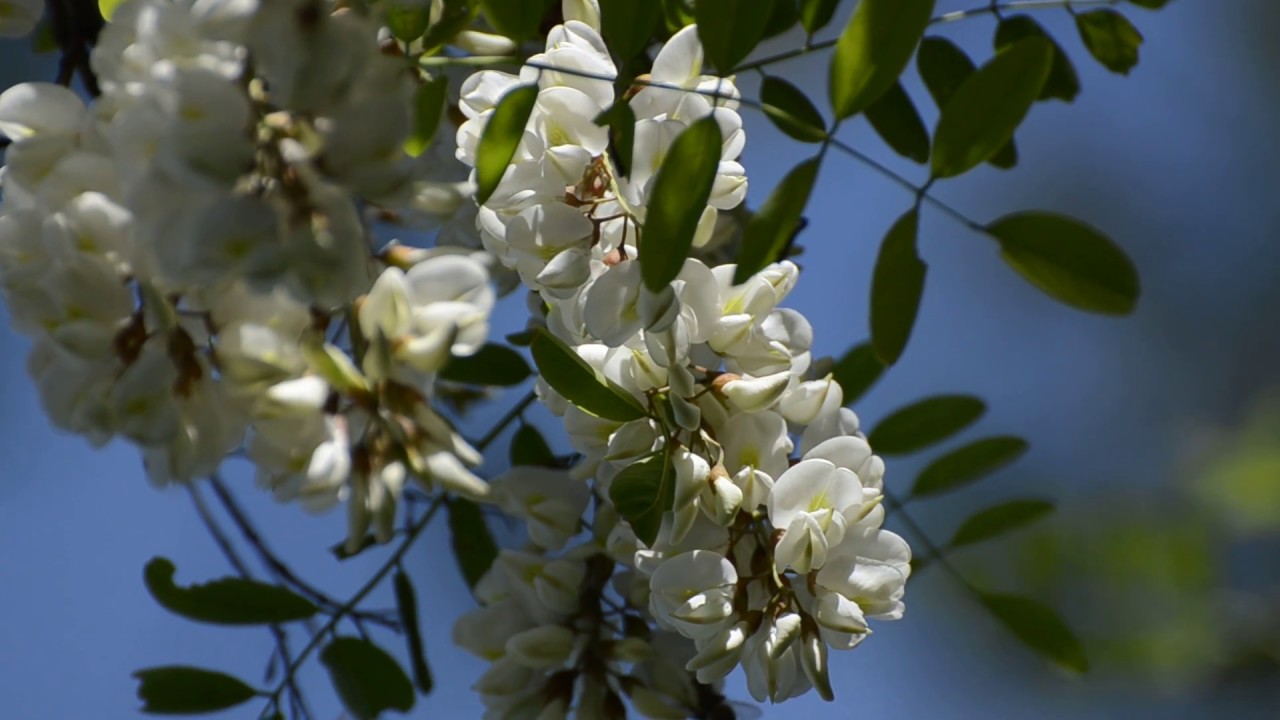Ghee is a traditional Indian cooking favorite that’s sometimes referred to as “clarified butter” in North America. This popular health food is known for being more versatile than butter in the kitchen and remains stable when subjected to greater heat. Ghee has a smoke point of 485°F over butter’s paltry 350°F, which is a limitation for many if you prefer the taste of dairy over common cooking oils like coconut and olive varieties.
Essentially, ghee is made when butter is boiled down and concentrated, leaving behind a more nutrient-dense product that’s higher in vitamins A, D, E, and K – more short and medium-chain fatty acids – and much higher levels of butyrate; a powerful anti inflammatory fatty acid essential for maintaining gut health and metabolism.
Some sources will say that the only true ghee is that made using the traditional Indian way, using only non-pasteurized, non-homogenized “Makhan” (Indian butter). In truth, while grass fed is best, and pasteurization can kill a lot of essential nutrients, almost any ghee is going to taste delicious and be very nutritious for you.
How is Ghee Made?
The process to make ghee couldn’t be any simpler. Butter, churned from cream, is lightly simmered for an hour or more. After some time, the milk solids in the butter will sink to the bottom of the pot. The entire mixture is strained through a cheesecloth or other fine cloth filter to remove the milk solids, leaving only transparent yellowy, nutty-tasting ghee behind.
Because the process takes longer, and some volume is lost during the process, ghee does cost around 8 times the price of conventional butter from factory farms, and around double that of organic butter found in select stores.
However, what you’re paying for in terms of nutrition, is far superior. If costs is a concern, and you have access to high quality organic butter, a stove top and some cheesecloth, it only takes around 15 – 20 minutes to make your own.
Dispelling the “Fat is Bad for You” Myth
Despite all the access we now have to information, the whole “fat is bad for you” myth just never seems to die out. In a nutshell, the idea that saturated fats, or any fats consumed in generous doses are solely responsible for heart disease is one of the biggest conspiracies ever purported on the human race.
The Sugar Association paid scientists back in the 1960s to manufacture test results pointing to fat as the main culprit in the heart disease equation. Project 226 paid Harvard scientists the modern equivalent of around $50,000 to do this after studies were released blaming excess dietary sugar for heart disease. This is indeed quite a shame, as sugar is largely to blame for out-of-balance cholesterol, excess blood sugar, and high lipid counts in our bloodstream.
Stop blaming fat! It’s good for you and has been sustaining the human race far longer than Coke and Ding Dongs have.
Ghee Has a Long Shelf Life
Depending on what source you consult, ghee can last around 10 years on the shelf before it starts to go rancid. Some people claim it can last for decades and maintain it’s good taste. You don’t need to refrigerate ghee, and this is thought to be how it was originally concocted in India some 4,000 years ago when there was no way to preserve perishable foods like milk and butter.
Top 5 Ghee Brands
#1 |
Viva Naturals Organic Ghee | View |
#2 |
Purity Ghee Organic Ghee Clarified Butter | View |
#3 |
4th & Heart Grass-Fed Paleo-Certified Ghee | View |
#4 |
Pure Indian Foods Grass-Fed 100% Organic Ghee | View |
#5 |
Purity Farms Organic Clarified Butter | View |
Health Benefits of Ghee
1.A Little Ghee Goes a Long Way
It’s true that ghee is more costly to buy than good old butter. However, ghee has such a wonderfully nutty taste, it doesn’t take very much to add flavor to your favorite dishes including for use as a sandwich spread or in stirfrys and rice dishes. In fact, a little ghee makes almost any dish taste great, but use too much and it’s likely to turn your stomach!
2.Butter Alternative for the Lactose and Casein Intolerant
Ghee has but trace amounts of lactose and casein in it. So little that it’s quite a hit with people who’d normally find themselves running to the bathroom after consuming butter and other forms of dairy. Best, some manufacturers will even guarantee their ghee to be 99% lactose and casein free, making it worth “taking a chance” on if you are lactose intolerant, yet can’t resist the yummy wholesome goodness dairy can add to your favorite dishes.
3.Vitamin/Mineral Content
Ghee has respectable amounts of vitamins A, D, E, and K. The vitamin A count in a tablespoon of butter offers 12 and 15% of the RDA for men and women, respectively. Perhaps the only trade-off between butter versus ghee is that most of the calcium normally present in dairy products is lost after ghee is made.
4.Anti Inflammatory and Immune Boosting Food
As you learned earlier, ghee contains higher amounts of short and medium chain fats than butter does including butyrate and trace omega-3s. Butyrate is a powerful anti inflammatory fatty acid that helps protect against inflammation in the gut, primarily in the colon, by protecting cells from autophagy leading to early cell death. This causes inflammation that can inhibit nutrient uptake and weaken the immune system. Butyrate is often in short supply for people who don’t get enough fiber, or who don’t tolerate it very well, as butyrate is metabolized from fiber when there isn’t enough available.
5.Best Solution for Pan Frying and Cooking
Ghee has the highest smoke point of all the cooking oils that are considered healthy to fry with. It remains stable up to 485°F, making it superior to other health-balanced cooking oils like olive and the much revered coconut oil. When oil is heated to its flash point, it causes the fats and proteins within to oxidize which not only doesn’t taste good, it’s bad for your heart.
6.Great Energy Source
Ghee has 10g of healthy fats per tablespoon. Most of which is short and medium chain fatty acids. Both types of fatty acids can be immediately metabolized for energy by the liver, making a little dab of ghee the perfect pick-me-up for people following a low carb diet.
Ghee Side Effects
Ghee has absolutely no side effects when consumed responsibly. One tablespoon is just over 300 calories, so it should be obvious that you don’t want to be slathering it all over everything you eat with no regard for your waistline. If you find that fatty foods tend to cause gastric upset, ghee may not be for you.
Ghee Reviews
1. Viva Naturals Organic Ghee

Viva Naturals sources their ghee from grass-fed cows and is certified organic by the USDA. They use sweet cream butter to give consumers a very sweet and creamy tasting ghee that doesn’t taste like any other you’ve ever tried! Loaded with vitamins and lactose and casein free, you can’t go wrong with Viva Naturals ghee at the ready in your pantry whenever you need it. Highly recommended.
2. Purity Ghee Organic Grass-Fed

Purity Ghee is proudly manufactured in the USA using non-pasteurized, organic butter from grass-fed cattle. Made in small batches using traditional Artisanal processes, Purity Ghee is guaranteed to be hormone and pesticide free, while the plastic jar it comes in is free from toxic BPAs. It’s also certified organic by the USDA, Vital Ghee offers a 100% money back guarantee if you’re not completely satisfied with this product.
3. 4th & Heart Grass-Fed Paleo-Certified Ghee

4th & Heart take their grass-fed and paleo-certified ghee blends to whole new levels by adding extra flavors such as Salted White Truffle, Pink Himalayan Sea Salt, and California Garlic. They use only pasture-raised, antibiotic and hormone-free creams in the making of their ghee, and proudly claim to be suitable for even the most discerning diets including paleo, FODMAP, Whole 30, Ayurvedic, and Gluten Free.
4. Pure Indian Foods Grass-Fed 100% Organic Ghee

Pure comes to you with yet another USDA organic certified ghee, made with hormone and antibiotic-free creams from USA farms. The cows used here aren’t 100% grass-fed, but they get around this by only using milk produced in the spring, summer, and fall months when the cows are free to graze in the fields. The price is sure right on this one too, saving over $10 per jar compared to other recommendations. Again, not 100% grassfed, but the quality of the finished product is right up there with the best brands.
5. Purity Farms Organic Clarified Butter

This is another quality offering at substantial price savings to people who love eating their ghee by the tub! Certified organic, Purity Farms also offers savings by using cream extracted from cows during the warm grazing months, though grains and corn are added to their diets in the cooler months. It comes in a glass jar and Purity Farms have been around for the better part of a century, so you know they can make the best ghee possible.
Conclusion
While some superfoods fail to live up to the hype they’re given, science relating to gut health and prevention of heart disease and other ailments tells us that ghee is the real deal. Consuming this healthful and nourishing foods daily in your favorite dishes and beverages, including Bulletproof Coffee, will be a change you’ll never regret.
Whether you prefer to make your own using the highest quality butter you can find, or want to skip right to the good stuff and buy it ready-made, ghee is a nutritious and delicious way to get more vitamins A, D, E, and K, along with healthful short and medium chain fatty acids that are essential for all-round brain and body health.




